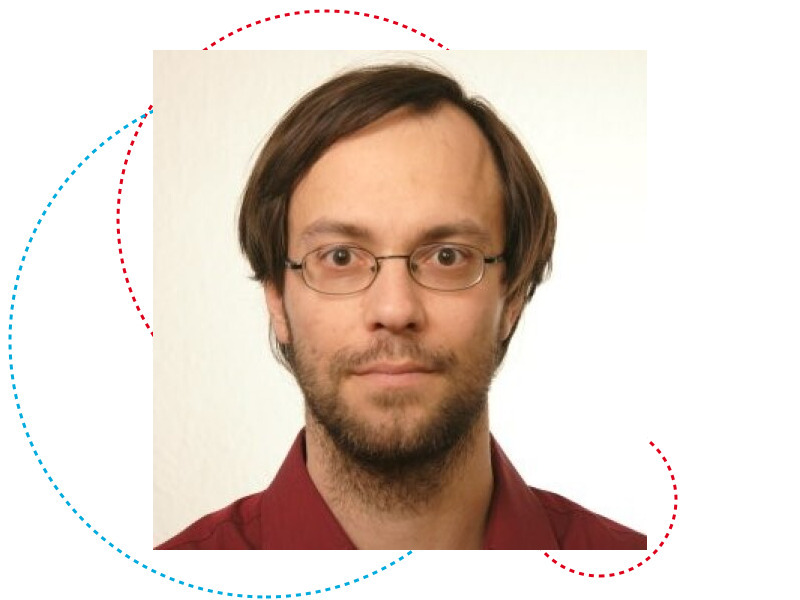Assemblies of molecules (so-called molecular aggregates) are versatile quantum systems with applications in photography, opto-electronics, solar cells, and photo-biology.
The remarkable properties of these aggregates stem from the strong transition dipole-dipole interaction between their individual molecules; this leads to eigenstates which coherently share the excitation over a large number of molecules. As a consequence the aggregate possesses strikingly different optical properties compared with the individual molecules.
In this talk I will discuss the superradiant emission of organic molecules arranged on dielectric surfaces. A particular focus is on the relation between the temperature dependence and the underlying eigenfunctions of the aggregate [1]. Knowledge about these eigenfunctions is not only important to understand the optical properties but also for the transfer characteristics of the aggregates. Optical spectroscopy, in principle, allows one to infer information about these eigenstates and the interactions between the molecules. However, traditional optical techniques using an electromagnetic field which is uniform over the relevant size of the aggregate cannot access most of the excited states because of selection rules. We demonstrate that one can obtain information about these otherwise inaccessible states by using localized fields. As an example, we discuss in detail the case of local excitation via radiation from the apex of a metallic tip, which allows also scanning across the aggregate. The resulting spatially resolved spectra provide extensive information ABOUT the eigenenergies and wave functions [2,3].
[1] Eisfeld, et al, Phys Rev. Lett. 119, 097402 (2017)
[2] Gao, Eisfeld, J. Phys. Chem. Lett. 9, 6003 (2018)
[3] Zheng, Gao, Eisfeld, Phys. Rev. Lett. 123, 163202 (2019)
Biography:
A. Eisfeld is an independent group leader at the Max Planck Institute for the Physics of Complex Systems. He holds this position since 2012, after spending a year at Harvard University funded by a DFG research fellowship. Dr. Eisfeld received his PhD (physics) in 2006 from the University of Freiburg, Germany.
The main research interests are collective effects and quantum-transport in atomic, molecular and nano-scale many-particle systems. Examples are photosynthetic light-harvesting systems, aggregates of organic dyes, assemblies of ultra-cold Rydberg atoms or photonic systems. To handle these typically large and complex systems he uses a variety of approaches including molecular dynamics simulations, quantum chemistry methods, non-adiabatic quantum dynamics and open quantum system formalisms. One particular research interest is to efficiently solve non-Markovian open quantum system dynamics using stochastic Schrödinger equations.
